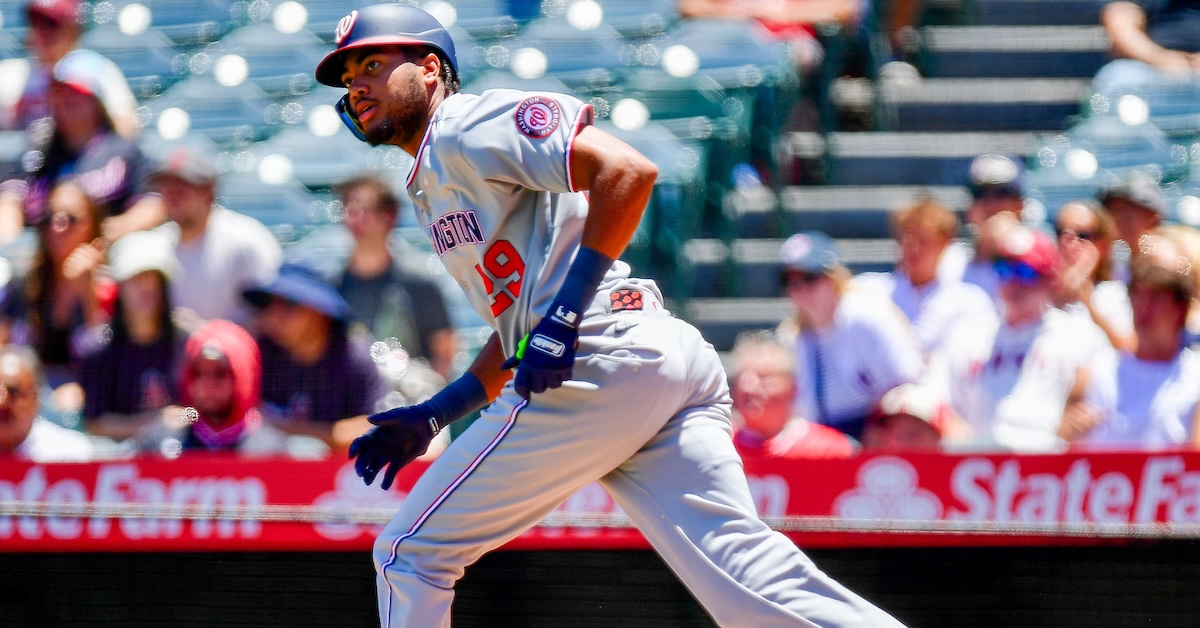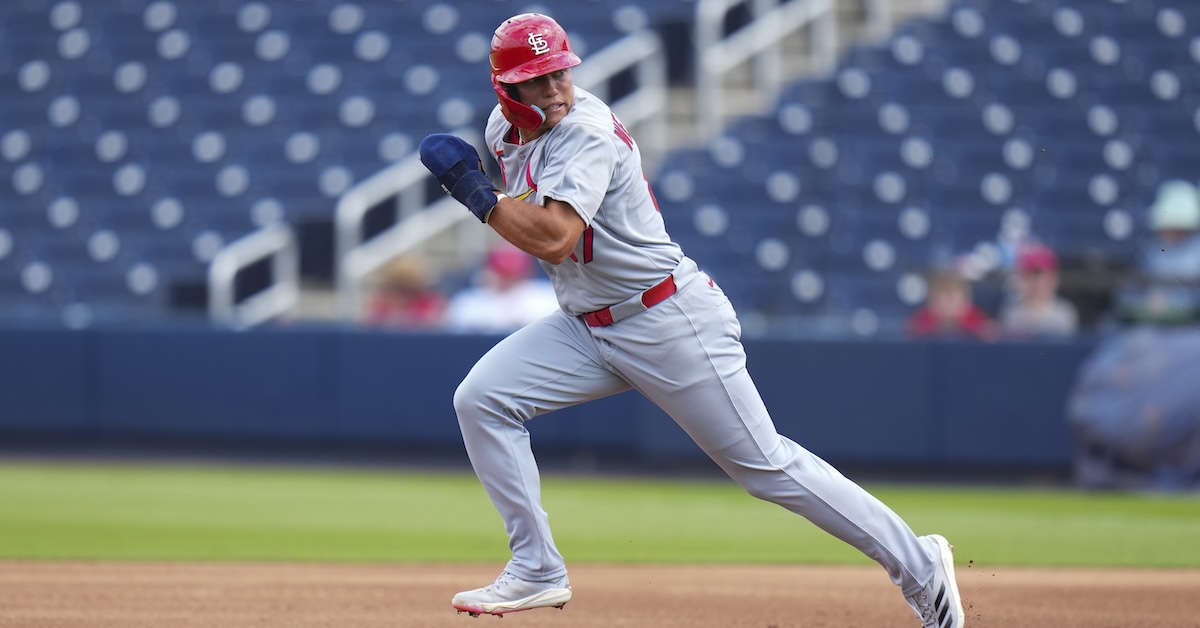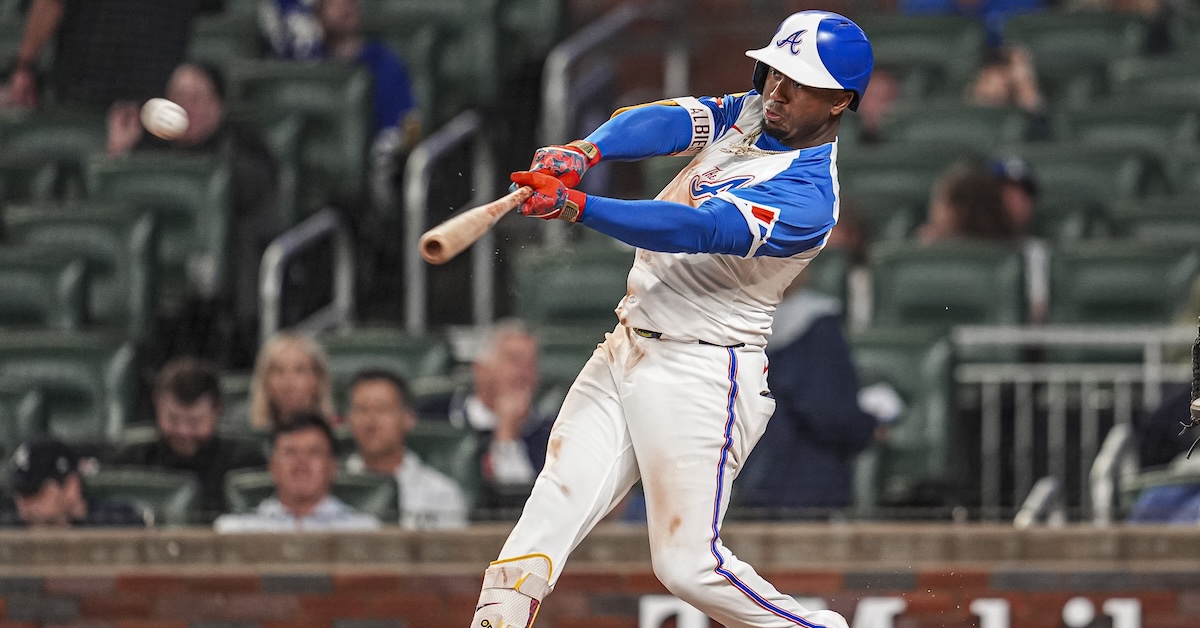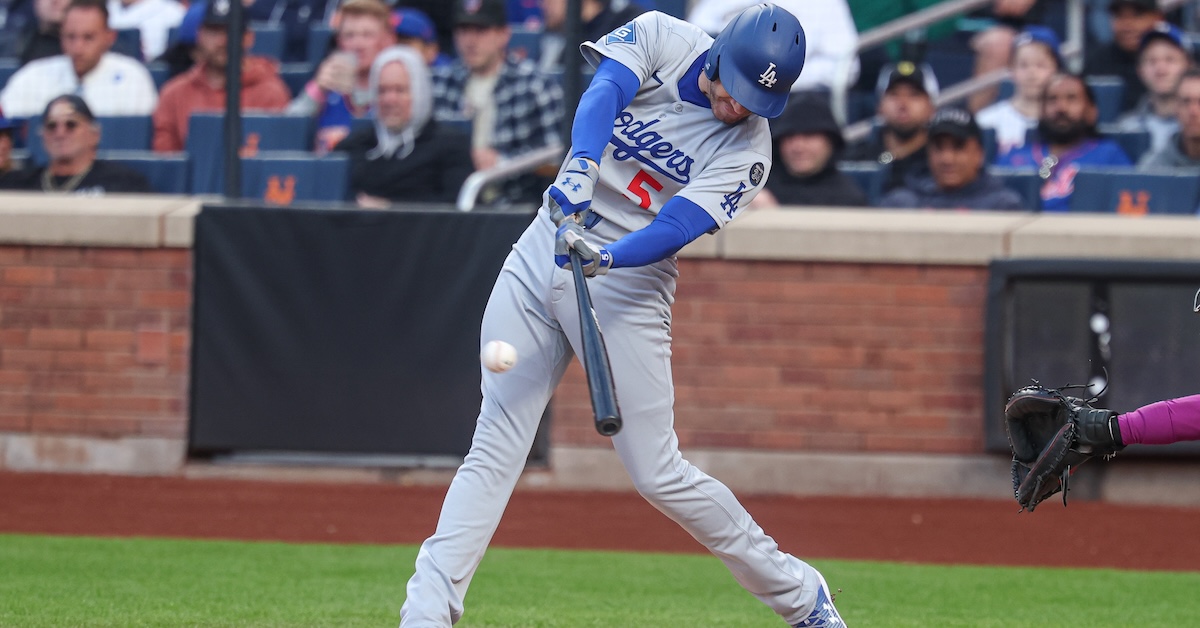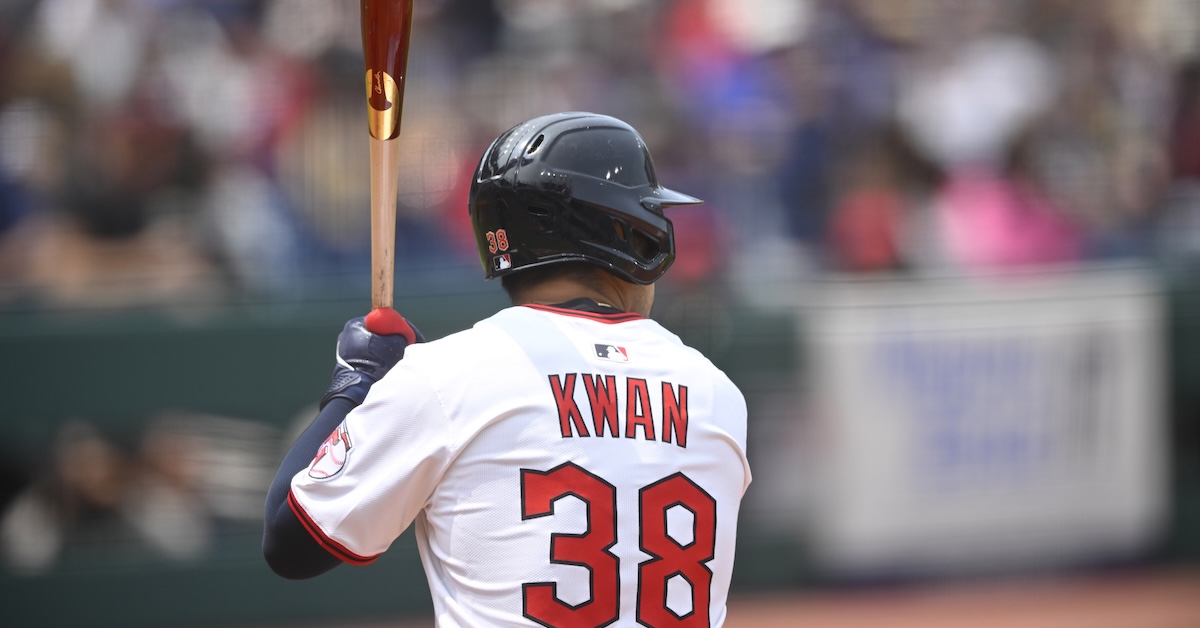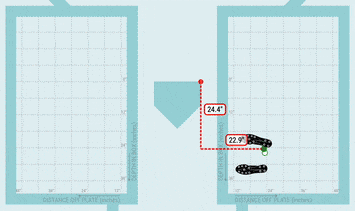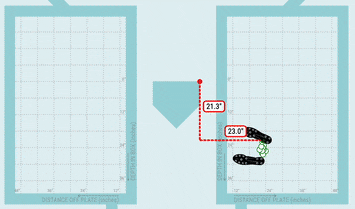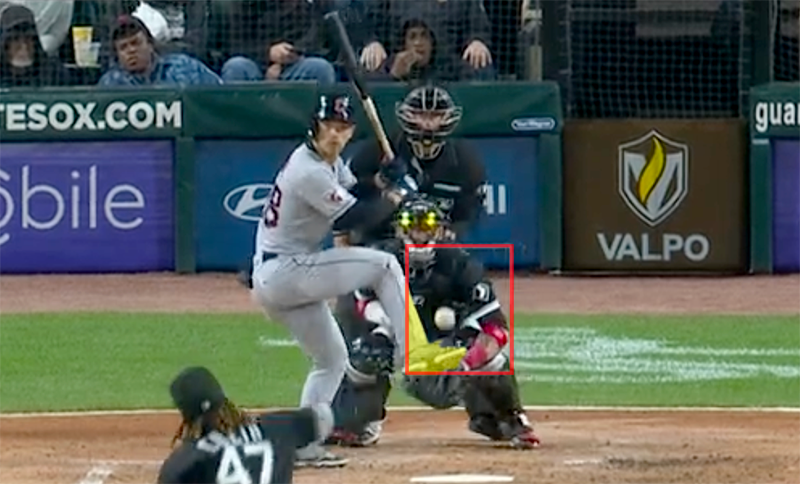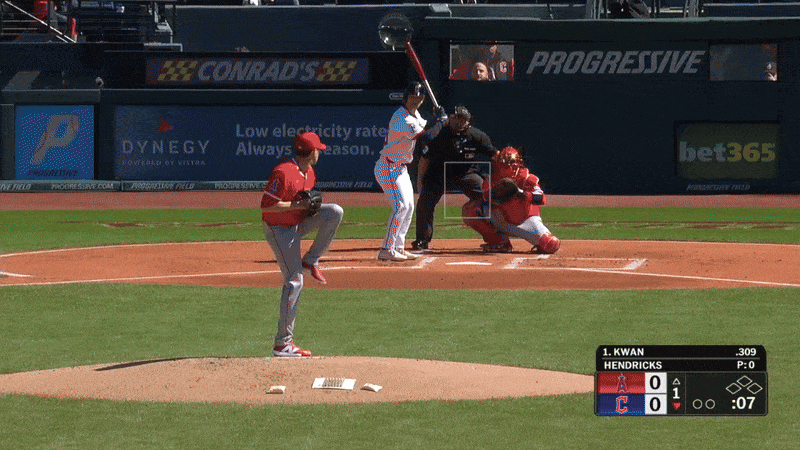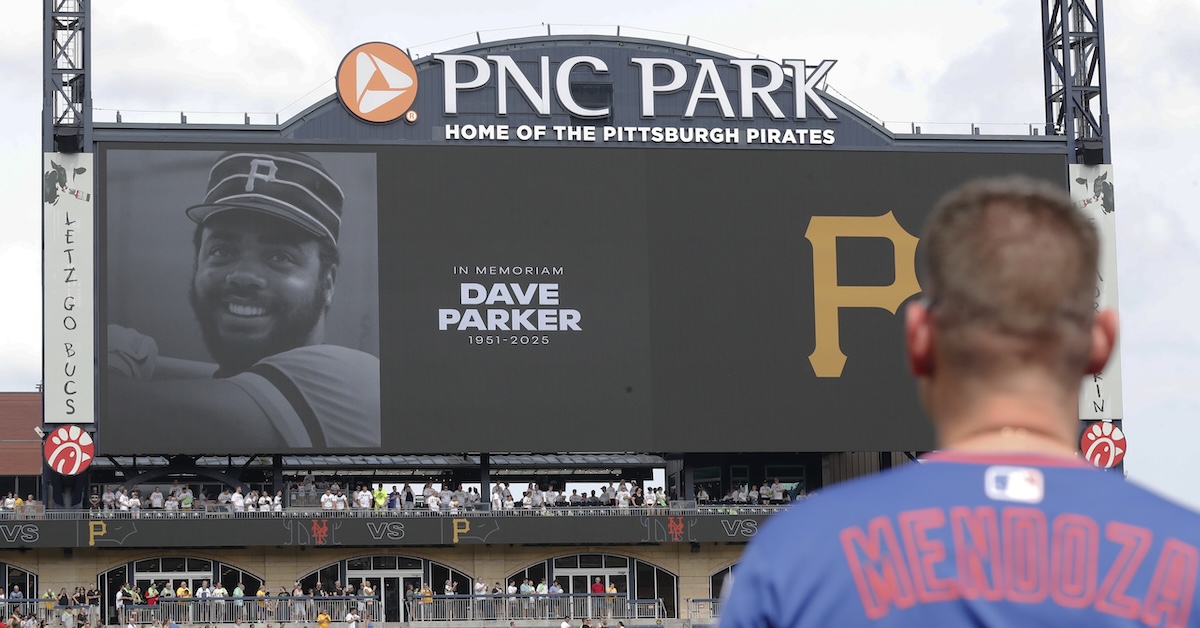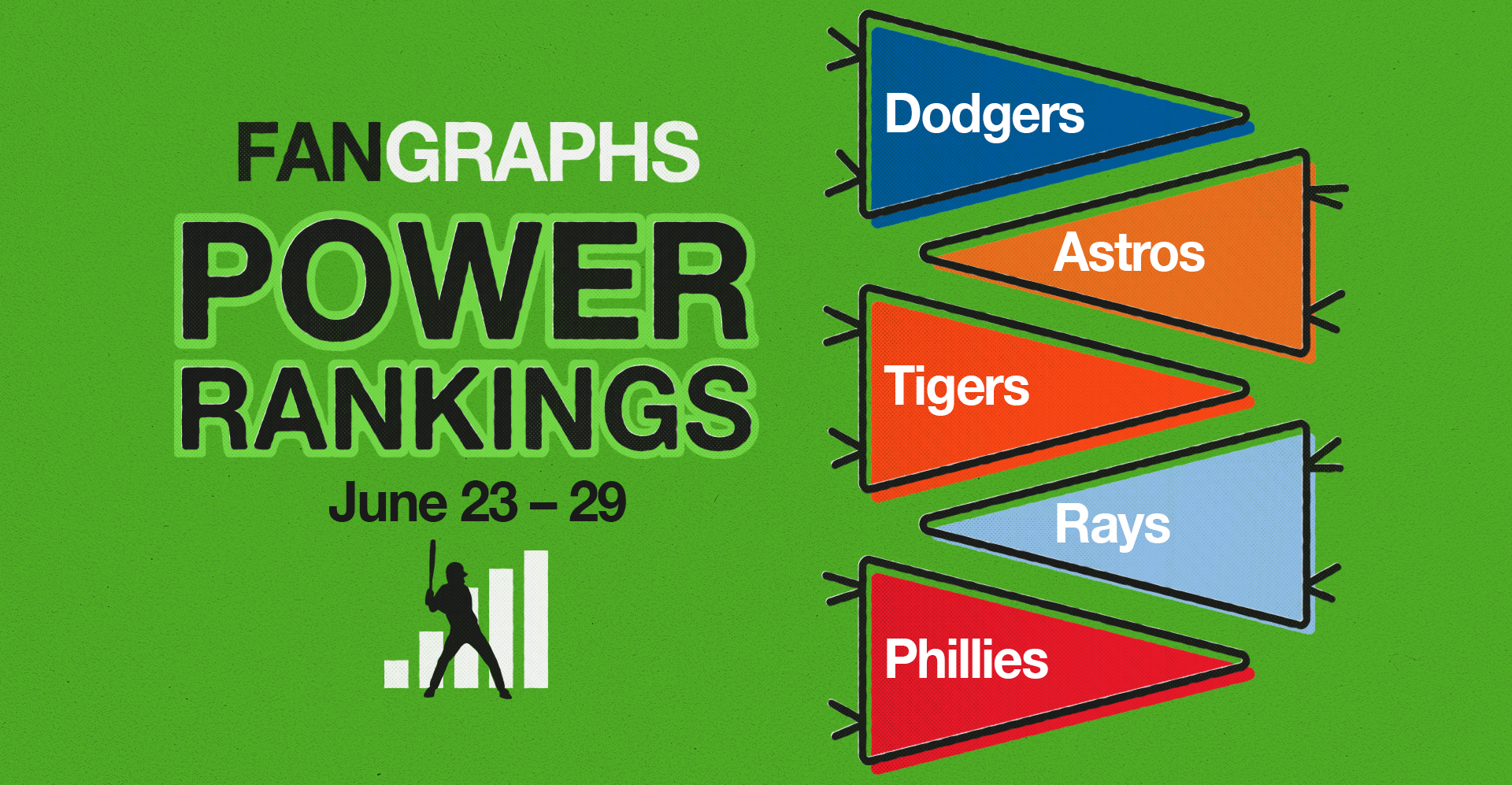
As the calendar turns to July, the AL is a bit of a mess. The six teams that currently hold playoff berths are the only ones with winning records. The opposite is true in the NL, where there are nine teams over .500. That landscape should make for a very interesting trade deadline.
Last year, we revamped our power rankings using a modified Elo rating system. If you’re familiar with chess rankings or FiveThirtyEight’s defunct sports section, you’ll know that Elo is an elegant solution that measures teams’ relative strength and is very reactive to recent performance. To avoid overweighting recent results during the season, we weigh each team’s raw Elo rank using our coin flip playoff odds (specifically, we regress the playoff odds by 50% and weigh those against the raw Elo ranking, increasing in weight as the season progresses to a maximum of 25%). The weighted Elo ranks are then displayed as “Power Score” in the tables below. As the best and worst teams sort themselves out throughout the season, they’ll filter to the top and bottom of the rankings, while the exercise will remain reactive to hot streaks or cold snaps.
First up are the full rankings, presented in a sortable table. Below that, I’ve grouped the teams into tiers with comments on a handful of clubs. You’ll notice that the official ordinal rankings don’t always match the tiers — there are times where I take editorial liberties when grouping teams together — but generally, the ordering is consistent. One thing to note: The playoff odds listed in the tables below are our standard Depth Charts odds, not the coin flip odds that are used in the ranking formula.
Complete Power Rankings
| Rank |
Team |
Record |
Elo |
Opponent Elo |
Playoff Odds |
Power Score |
Δ |
| 1 |
Dodgers |
53-32 |
1591 |
1500 |
99.8% |
1607 |
0 |
| 2 |
Astros |
50-34 |
1585 |
1497 |
96.5% |
1601 |
2 |
| 3 |
Tigers |
53-32 |
1559 |
1488 |
99.0% |
1582 |
0 |
| 4 |
Rays |
47-37 |
1563 |
1506 |
79.0% |
1572 |
2 |
| 5 |
Phillies |
49-35 |
1546 |
1496 |
89.8% |
1559 |
-3 |
| 6 |
Cubs |
49-35 |
1545 |
1510 |
83.6% |
1558 |
-1 |
| 7 |
Yankees |
48-35 |
1536 |
1498 |
95.9% |
1553 |
0 |
| 8 |
Brewers |
47-37 |
1545 |
1485 |
57.3% |
1547 |
0 |
| 9 |
Cardinals |
47-38 |
1548 |
1508 |
48.7% |
1547 |
3 |
| 10 |
Blue Jays |
45-38 |
1539 |
1506 |
63.3% |
1543 |
0 |
| 11 |
Reds |
44-40 |
1530 |
1498 |
16.5% |
1516 |
4 |
| 12 |
Mets |
48-37 |
1499 |
1485 |
77.4% |
1512 |
-3 |
| 13 |
Mariners |
43-40 |
1505 |
1498 |
61.3% |
1503 |
3 |
| 14 |
Padres |
45-38 |
1503 |
1497 |
42.3% |
1502 |
0 |
| 15 |
Angels |
41-42 |
1499 |
1496 |
6.6% |
1486 |
4 |
| 16 |
Giants |
45-39 |
1482 |
1490 |
41.8% |
1481 |
-5 |
| 17 |
Red Sox |
41-44 |
1493 |
1500 |
14.7% |
1475 |
-4 |
| 18 |
Rangers |
41-43 |
1487 |
1498 |
20.0% |
1473 |
2 |
| 19 |
Diamondbacks |
41-42 |
1482 |
1497 |
18.1% |
1464 |
-1 |
| 20 |
Marlins |
37-45 |
1490 |
1507 |
0.2% |
1463 |
6 |
| 21 |
Orioles |
36-47 |
1489 |
1502 |
3.5% |
1462 |
3 |
| 22 |
Guardians |
40-42 |
1472 |
1505 |
21.9% |
1461 |
-5 |
| 23 |
Braves |
38-45 |
1484 |
1494 |
24.3% |
1458 |
-1 |
| 24 |
Twins |
40-44 |
1475 |
1495 |
26.3% |
1458 |
-1 |
| 25 |
Pirates |
35-50 |
1482 |
1512 |
0.1% |
1452 |
0 |
| 26 |
Royals |
39-45 |
1459 |
1498 |
11.8% |
1441 |
-5 |
| 27 |
Athletics |
34-52 |
1431 |
1506 |
0.3% |
1408 |
0 |
| 28 |
Nationals |
35-49 |
1429 |
1502 |
0.0% |
1407 |
0 |
| 29 |
White Sox |
28-56 |
1401 |
1504 |
0.0% |
1382 |
0 |
| 30 |
Rockies |
19-65 |
1348 |
1524 |
0.0% |
1335 |
0 |
…
Tier 1 – The Best of the Best
| Team |
Record |
Elo |
Opponent Elo |
Playoff Odds |
Power Score |
| Dodgers |
53-32 |
1591 |
1500 |
99.8% |
1607 |
| Astros |
50-34 |
1585 |
1497 |
96.5% |
1601 |
After wrapping up a 5-1 week with a series win over the Royals, the Dodgers have now won 15 of their last 20 games. That little swoon they toiled through toward the end of May is firmly in the rearview mirror. No one in the lineup is hotter than Max Muncy, who finished June with a .333/.459/.654 slash line, seven home runs and a 205 wRC+. The real turning point for Muncy came on April 30, when he started wearing glasses. Since then, he has a 178 wRC+ across 51 games, after posting a woeful wRC+ of 58 through his first 28 games of the season.
The Astros also went 5-1 last week, though they did it against two of NL’s top teams, the Phillies and the Cubs. Since Yordan Alvarez injured his hand on May 2, Houston has the best record in baseball, 34-19, and has built a huge 6 1/2-game lead in the AL West. The Astros can thank three guys for carrying the load for the offense while Alvarez has been sidelined: Jeremy Peña (162 wRC+ since May 2), Isaac Paredes (151), and Cam Smith (145). As for Alvarez, he’s ramping up his rehab and will begin to face live pitching this week.
Tier 2 – On the Cusp of Greatness
| Team |
Record |
Elo |
Opponent Elo |
Playoff Odds |
Power Score |
| Tigers |
53-32 |
1559 |
1488 |
99.0% |
1582 |
| Rays |
47-37 |
1563 |
1506 |
79.0% |
1572 |
The Tigers won their weekend series against the Twins with two emphatic wins on Saturday and Sunday. In their 10-5 victory on Saturday, Riley Greene and Zach McKinstry were the standouts, each collecting a home run and three hits. Tarik Skubal took center stage on Sunday, firing seven shutout innings with 13 punchouts while allowing just two baserunners.
The Rays had a wild weekend in Baltimore; they were on the wrong end of a 22-8 blowout on Friday, turned things around with an 11-3 victory on Saturday, and finally lost the series with a relatively tame 5-1 loss on Sunday. Despite the small setback, Tampa Bay still leads the AL Wild Card race and has closed the gap in the AL East to just 1 1/2 games.
Tier 3 – Solid Contenders
| Team |
Record |
Elo |
Opponent Elo |
Playoff Odds |
Power Score |
| Phillies |
49-35 |
1546 |
1496 |
89.8% |
1559 |
| Cubs |
49-35 |
1545 |
1510 |
83.6% |
1558 |
| Yankees |
48-35 |
1536 |
1498 |
95.9% |
1553 |
| Brewers |
47-37 |
1545 |
1485 |
57.3% |
1547 |
| Cardinals |
47-38 |
1548 |
1508 |
48.7% |
1547 |
| Blue Jays |
45-38 |
1539 |
1506 |
63.3% |
1543 |
Although the Cubs have led the NL Central for nearly the entire season, a .500 record in June has thrown the door open for the Brewers and Cardinals to make it true three-team race for the division. Chicago was 6 1/2 games ahead as recently as June 17, but that lead has now dwindled to two games. Milwaukee and St. Louis deserve credit for taking advantage of this month-long slump from the Cubs. Before a frustrating extra-innings loss on Sunday, the Brew Crew had won 22 of their previous 30 games, while the Cards are in the midst of an 11-4 stretch.
Last week, the Phillies were swept in Houston despite allowing just five runs during the three-game series because they scored just one of their own. They enjoyed a 13-run outburst in Atlanta on Friday, but then combined for three runs during the final two games of the series. That was enough to take two of three from the Braves thanks to another phenomenal outing from Ranger Suárez on Sunday, who tossed seven innings of one-run ball while striking out eight. He’s allowed a total of 10 runs across his last 10 starts. The good news is Bryce Harper is on track to return from the IL at some point this week when Philadelphia returns home to face the Padres and Reds.
The Yankees earned a much-needed weekend series win over the Athletics to bring their June record to 13-13, a stretch that has seriously loosened their grip on the AL East. After leading by as many as 6 1/2 games during the first week of this month, they enter the final day of June with just a 1 1/2-game cushion over the Rays. New York’s bats have gone cold as the weather has warmed up. Since June 1, the Yankees are running a 103 wRC+, down from their best-in-baseball 128 wRC+ over the first two months of the season. They begin this week with a huge four-game set on the road against the third-place Blue Jays, who are 19-11 over their last 30 games and just three games behind New York in the standings.
Tier 4 – The NL Melee
| Team |
Record |
Elo |
Opponent Elo |
Playoff Odds |
Power Score |
| Reds |
44-40 |
1530 |
1498 |
16.5% |
1516 |
| Mets |
48-37 |
1499 |
1485 |
77.4% |
1512 |
| Padres |
45-38 |
1503 |
1497 |
42.3% |
1502 |
| Giants |
45-39 |
1482 |
1490 |
41.8% |
1481 |
The Mets are in a full tailspin after their nightmarish weekend in Pittsburgh, where they were swept by the putrid Pirates and allowed 30 runs across the three-game set. With a 12-1 drubbing on Sunday, New York has now dropped 13 of its last 16 games. The starting rotation was already down three members when Griffin Canning ruptured his Achilles’ tendon on Thursday. The lone bright spot for the Mets this month has been Juan Soto’s continued resurgence; he blasted three home runs last week to bring his June total up to 11.
Ignore the Reds at your own peril. Chase Burns made his debut last week, striking out eight Yankees and flashing the electric stuff that made him Cincinnati’s top prospect. Then, on Sunday, Elly De La Cruz sparked an exciting ninth-inning comeback to secure a huge series win over the Padres and continue his scorcher of a month; he’s slashing .348/.429/.674 for a 195 wRC+ with one more game to play in June. The Reds are lurking in both the NL Central (five games back) and in the NL Wild Card race (2 1/2 games back), and all that young talent looks like it’s finally driving some success at the big league level.
The Rafael Devers trade hasn’t sparked a turnaround for the Giants offense. Quite the opposite, in fact; they’re 4-8 since acquiring him two weeks ago, and he’s slashing .217/.333/.391 with his new team. Last week was especially brutal, as San Francisco went 1-5 against the Marlins and White Sox to fall to 1 1/2 games out in the NL Wild Card standings. The Giants enter this week with a four-game series against the Diamondbacks in Arizona.
Tier 5 – The AL Melee
| Team |
Record |
Elo |
Opponent Elo |
Playoff Odds |
Power Score |
| Mariners |
43-40 |
1505 |
1498 |
61.3% |
1503 |
| Angels |
41-42 |
1499 |
1496 |
6.6% |
1486 |
| Red Sox |
41-44 |
1493 |
1500 |
14.7% |
1475 |
| Rangers |
41-43 |
1487 |
1498 |
20.0% |
1473 |
The Mariners took two of three from the Rangers in Texas this weekend, with every game going into extra innings — the first time that’s happened in any three-game series since 2015. Seattle hosts the Royals and Pirates this week before closing out the first half on the road against the Yankees and Tigers. Meanwhile, despite boasting the best pitching staff in baseball, the Rangers are fourth in the AL West standings because their lineup has continued to struggle. On the bright side, Corey Seager is showing some signs of life. The Texas shortstop bashed three home runs against the Mariners and has a 163 wRC+ over his last 14 games.
Prior to their 15-run outburst on Saturday, the Red Sox had scored just 2.8 runs per game in the 10 games since trading away Rafael Devers. Neither Roman Anthony (87 wRC+) nor Marcelo Mayer (84 wRC+) has had much success against big league pitching thus far, and the lineup looks particularly punchless without Devers anchoring it. Masataka Yoshida is expected to begin a rehab assignment this week and Alex Bregman ramped up his baseball activities over the weekend, but those reinforcements likely won’t return until after the All-Star break. By then it could be too late for them to make a significant impact on Boston’s plans ahead of the trade deadline.
Tier 6 – No Man’s Land
| Team |
Record |
Elo |
Opponent Elo |
Playoff Odds |
Power Score |
| Diamondbacks |
41-42 |
1482 |
1497 |
18.1% |
1464 |
| Marlins |
37-45 |
1490 |
1507 |
0.2% |
1463 |
| Orioles |
36-47 |
1489 |
1502 |
3.5% |
1462 |
| Guardians |
40-42 |
1472 |
1505 |
21.9% |
1461 |
| Braves |
38-45 |
1484 |
1494 |
24.3% |
1458 |
| Twins |
40-44 |
1475 |
1495 |
26.3% |
1458 |
| Pirates |
35-50 |
1482 |
1512 |
0.1% |
1452 |
| Royals |
39-45 |
1459 |
1498 |
11.8% |
1441 |
The injuries just keep coming for the Diamondbacks, most recently last Monday when they placed Corbin Carroll on the IL with a fractured wrist. They had been managing to stay afloat despite losing Corbin Burnes at the start of the month, but it might be too much to do so while also being without Carroll. The Snakes slipped back below .500 after getting swept by the Marlins last weekend. Eight of Arizona’s final 14 games before the All-Star break come against the Giants and Padres.
The Marlins are riding a seven-game winning streak — their longest since 2022 — into this week after sweeping both the Giants and Diamondbacks and taking their series finale against the Braves to cap the week before. It’s been an up-and-down season for Miami, but the offense has been clicking during this hot streak. Otto Lopez (10-game hitting streak), Agustín Ramírez (11 hits last week), and Kyle Stowers (three home runs during the winning streak) have been the standouts, and they’re getting clutch hits in all the big spots. On Sunday, Lopez hit the go-ahead two-run single in the eighth inning, and Stowers followed up with a three-run double to seal the victory.
With their impressive series win over the Rays last weekend, the Orioles have compiled a 15-11 record in June. That’s much better than their abysmal first two months of the season but not good enough to get them back into the playoff race. To make matters worse, injuries have continued to plague the roster; Adley Rutschman hit the IL for the first time in his career with an oblique injury, and Zach Eflin left his start Saturday after just a single inning. It’s probably time to throw in the towel and start looking forward to 2026 and beyond.
The Royals snapped a six-game losing streak with a win on Saturday — their first win at home since May 31. They are in the midst of a 6-15 stretch that’s dropped them from three games over .500 to six below. The pitching staff is doing its job; Kansas City has allowed more than five runs just four times in the past 21 games and the second-fewest total in the AL during that span. The lineup remains the problem, as the Royals have the fourth-worst offense (83 wRC+) in the majors this season.
Tier 7 – Hope Deferred
| Team |
Record |
Elo |
Opponent Elo |
Playoff Odds |
Power Score |
| Athletics |
34-52 |
1431 |
1506 |
0.3% |
1408 |
| Nationals |
35-49 |
1429 |
1502 |
0.0% |
1407 |
| White Sox |
28-56 |
1401 |
1504 |
0.0% |
1382 |
| Rockies |
19-65 |
1348 |
1524 |
0.0% |
1335 |
The White Sox have a 19-24 record at home following their series win over the Giants last weekend. That’s respectable — especially after their historically bad season last year. Unfortunately, they are 9-32 on the road, which is where they’ll be again this week when they travel to play the Dodgers and Rockies. Amazingly enough, the Rockies have won fewer home games than the White Sox have won on the road. It’ll be a battle between the two worst ballclubs in baseball in the launching pad of Coors Field. Sounds fun!
